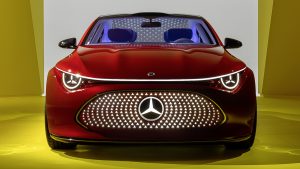Audi, BMW and Mercedes-Benz have always been criticized for that, but the truth is that we have to give their work a closer look

I grew up surrounded by my father, uncles and cousins who loved to consult my developing car knowledge. Family barbecues were the perfect events to learn who was going to get a new car soon because that person would ask me about the best options in a price range or, what was more common, “What do you think of that new model?”
One of the reasons why I enjoyed doing that was the chance to meet extended relatives — my name quickly became a reference in the family. Another reason was the chance to observe how non-enthusiasts perceive cars. Over the years, I have picked up observations like the one that made me write this story: “cars look all the same these days”.
I divide that saying into two applications. One is the generalist market, where cases like the 2008 Volkswagen Gol and the 2012 Chevrolet Onix appear quite often. That is simply the result of having multiple automakers developing cars under the same restrictions. The other application involves luxury automakers, namely those of German cars, and is much more complex.




German cars have market focus
We tend to assume generalist makers are the standard of this industry because their cars sell in higher volumes and we see them more often on the streets. In order to keep those volumes, they are forced to try and satisfy everyone; some create many visual identities to use at once, one for each market portion. That is why their cars look different.
The biggest problem with that characteristic is that people are unable to form a strong image of the automaker; it may build a powerful reputation for being reliable and/or affordable but will hardly become a reference in any segment where it competes. Think of it like this: can you think of one strong image of a Chevrolet or Toyota car, for example?
Having generalist automakers as our standard, it is easy to see luxury cars in general, not only German cars, as repetitive and even non-creative. The truth, however, is that their makers put more effort into their design than we can imagine. What happens is their image has been established in another way, so their resources to keep it are also different.

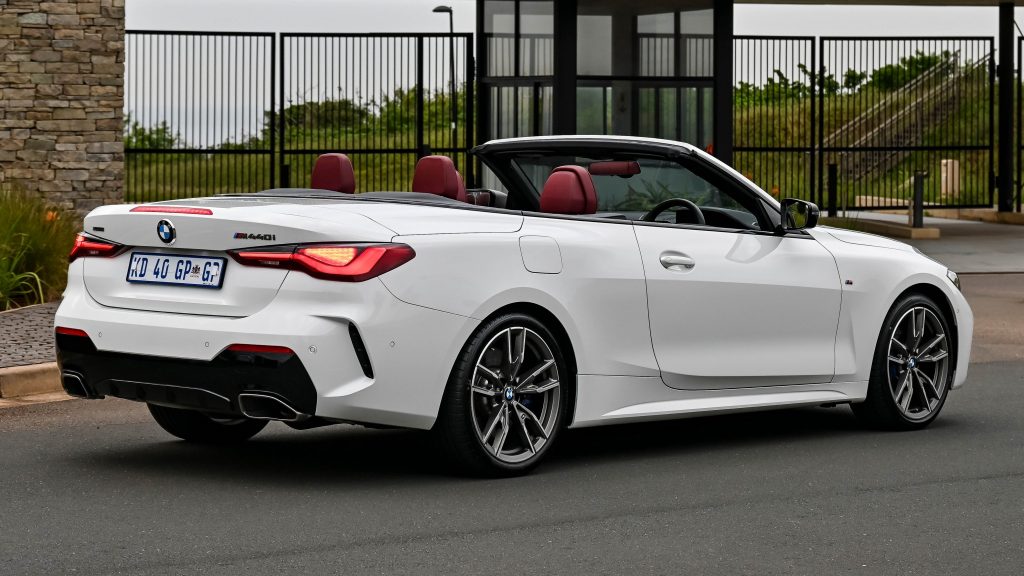


One maker, one product
I believe that the most illustrative example of German cars to use here comes from Mercedes-Benz back in the 1970s. Before the E-Class we know today, there was a model named with a number according to its engine, like 250. Later variations with fuel injection received the “E” suffix, while diesel ones had a “D”. The thing is, the structure did not stop there.
The station wagon received an additional “T”, like 280 TE. If you chose an off roader, you would get a “G” as in 240 GD. Luxury models featured an “S” like 280 SE while the roadster used an “SL” as in 500 SL. Other variations would be created later, such as the “C” for the 320 CE coupé and the “L” for the long-wheelbase model 380 SEL.
Each of those letters has a meaning, of course. The point here, though, is that this structure shows that there is one Mercedes-Benz automobile, only offered in multiple variations. In other words, all those car models share a deep visual connection on purpose because they are intended to work as extensions of the same corporate image.

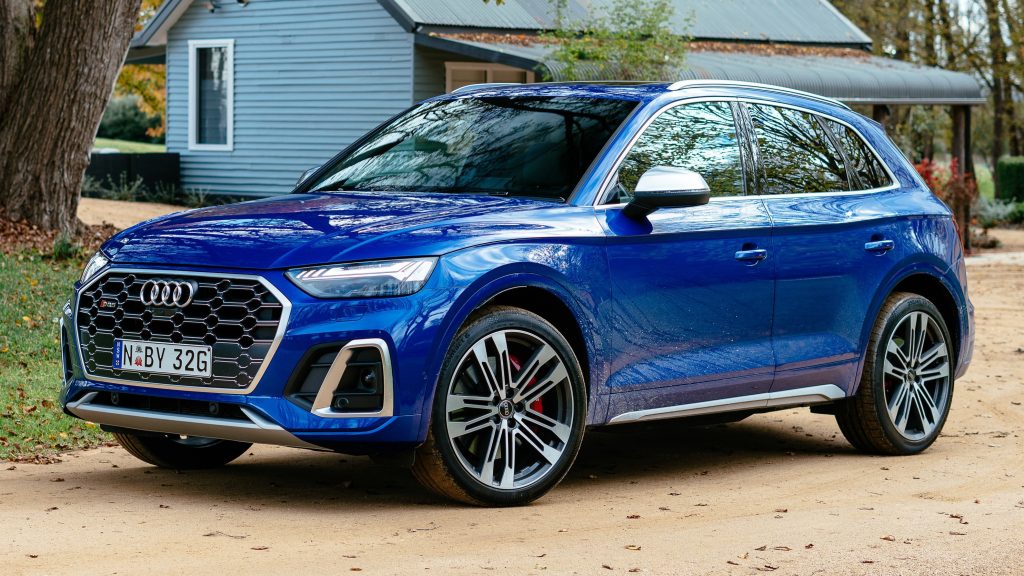


Unify and conquer
That German approach coincides with a signature characteristic every luxury product must have: consistency. This way, consumers easily understand what the company offers, such as focus on sheer performance or classy refinement, and actually feel that they will get that no matter what car they take. Then, it is only a matter of choosing it.
Such consistency has another important advantage: it makes it easier for each new model to sell well. Luxury companies in general enjoy naming them with alphanumeric codes (C200, 430i, SQ5) because they quickly inform the place each one has on the lineup. Potential buyers can find what they want without browsing all the options.
Last, but not least, the fact that this strategy gives all core models strong sales potential from the beginning makes it financially more viable for the company to invest in eventual new ones. BMW and Mercedes-Benz, for example, could never create the fully electric “i” and “EQ” lineups if their traditional ones did not sell the way they do.
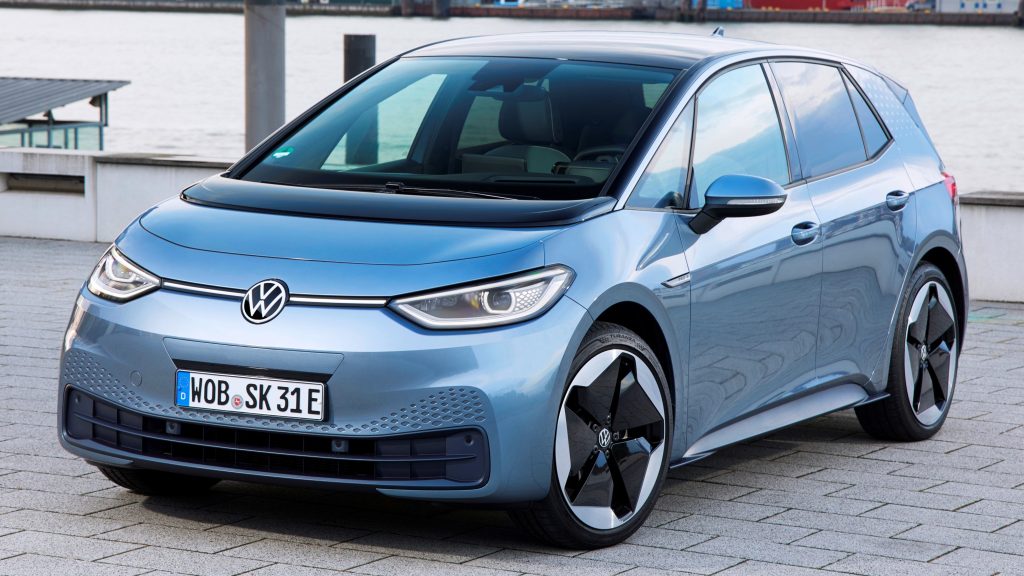
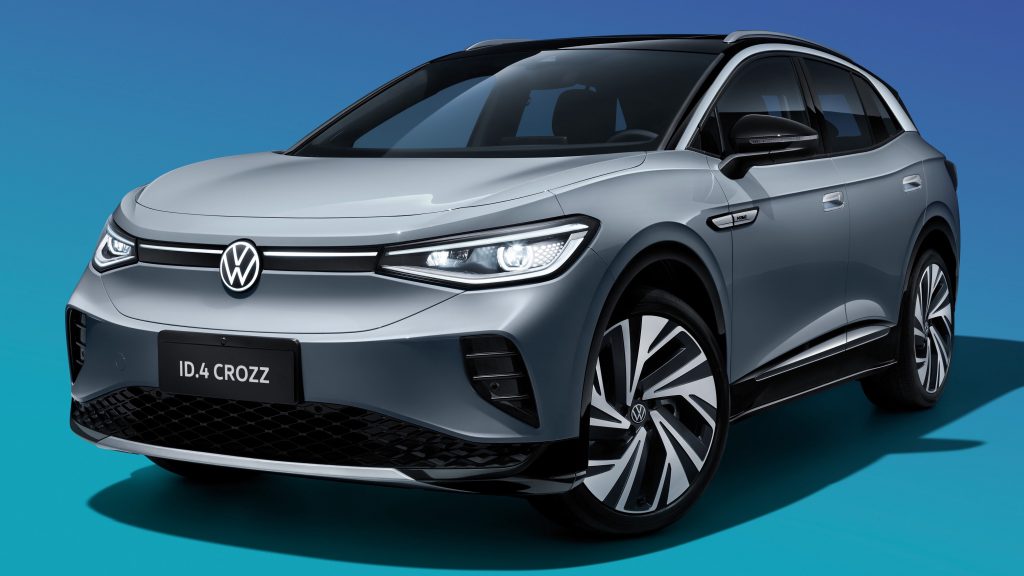


Is it the perfect strategy?
By all means, no — and the main flaw we can present is the very starting point of this article. While the German approach encourages the automaker to have many models in line, the more it releases, the more they all look the same and draw those complaints. It works as if there was an optimal number of models that makes everything work.
Audi, for example, tried to expand its compact lineup with up to three models, but eventually decided to focus on the four-door A3. BMW once surfed on the crossover wave with its Gran Turismo models, but now is only waiting for the last one’s life cycle to end. And Mercedes-Benz had a similar fate when trying to bring shooting brakes back.
In the end, we could say that German cars are designed and sold in a different way, rather than better. That is why they deserve our attention just as much: it can be quite interesting to identify which visual resources an S-Class applies to look more upscale than an E-Class, for example, without losing the company’s signature subtlety and elegance.
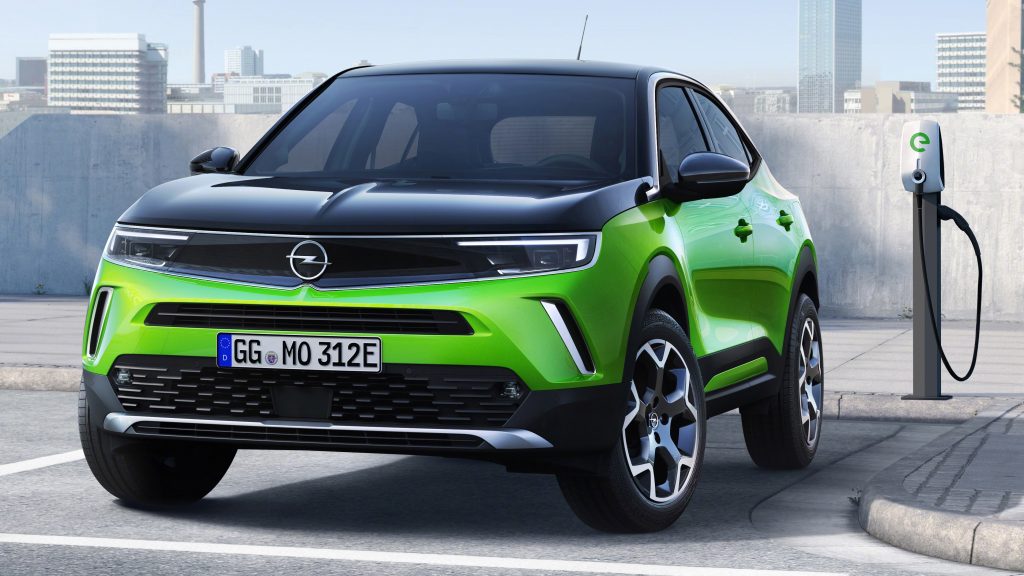
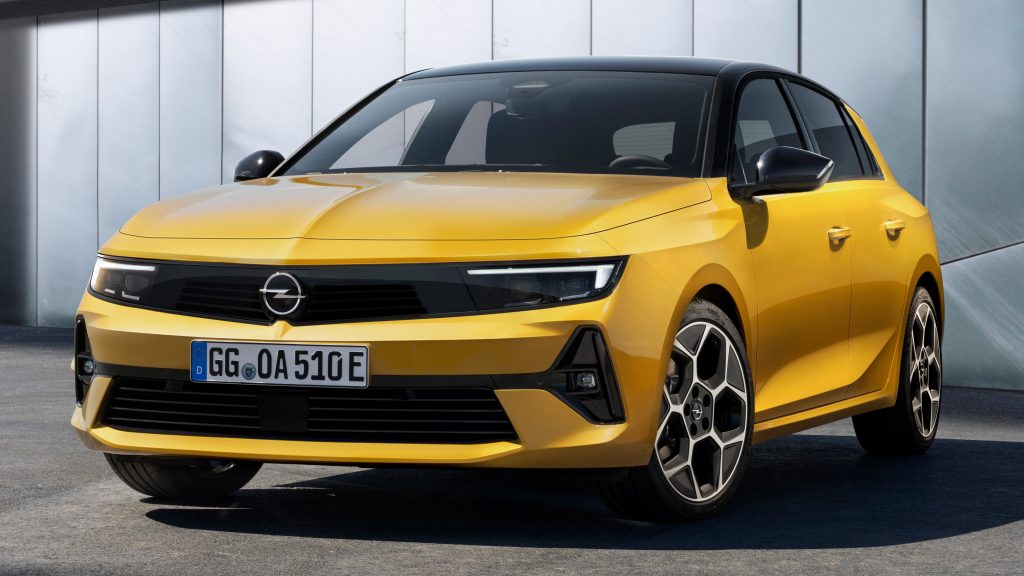

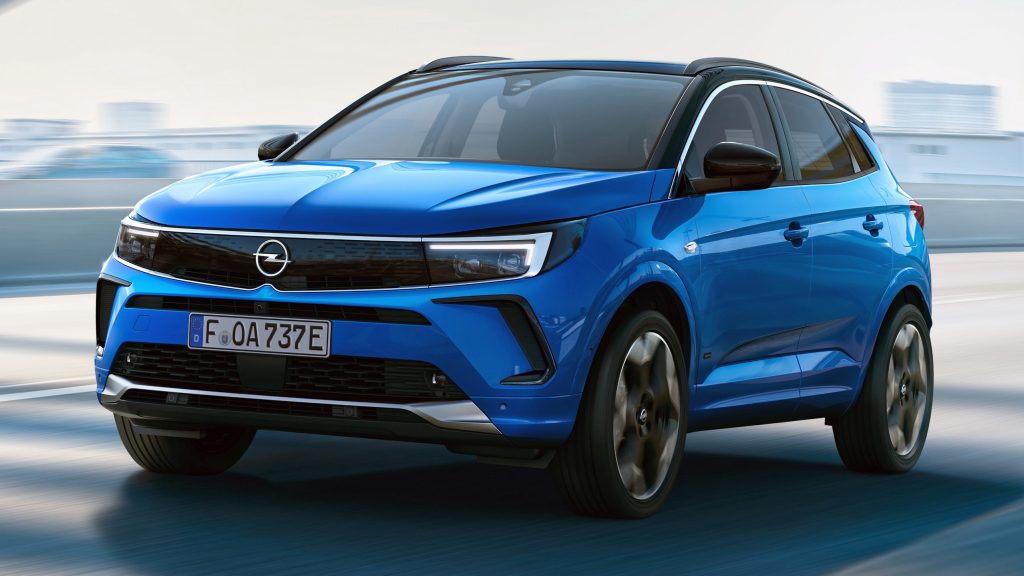
The paragraphs above show a little theory about German luxury cars which I developed over years of observation. However, I would be happy to read other points of view in this regard. If you want to share your opinions or other data about German luxury cars and their design strategies, feel free to do it using the button below!
Danillo Almeida has explored his passion for cars in two distinct ways. The first one is his graduation course in Mechanical Engineering, which will hopefully lead to a job position in the field. The other one is expressing his knowledge and opinions on the matter through writing. Almeida has already contributed to blogs, stores, and websites in general writing automotive content in many formats.

